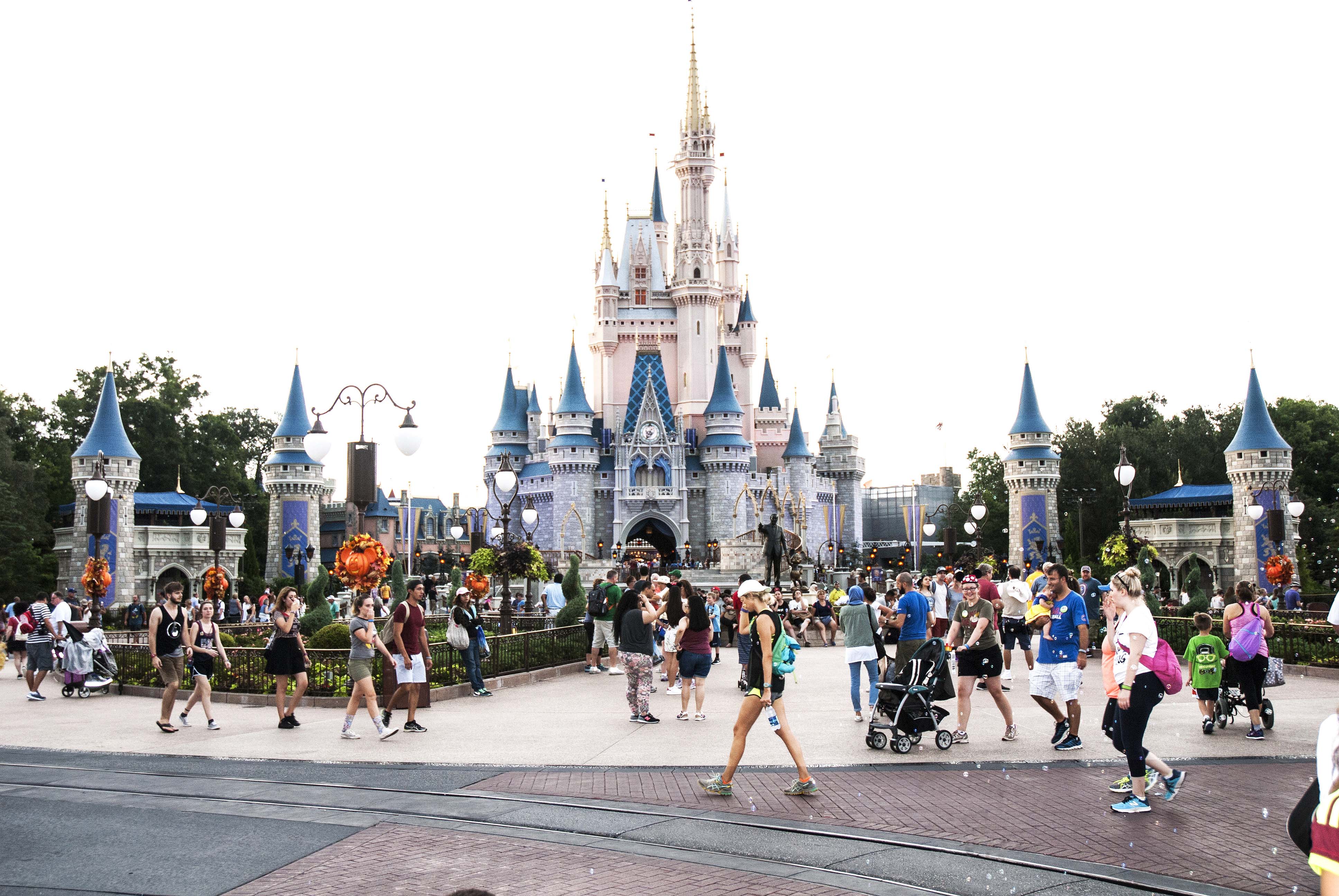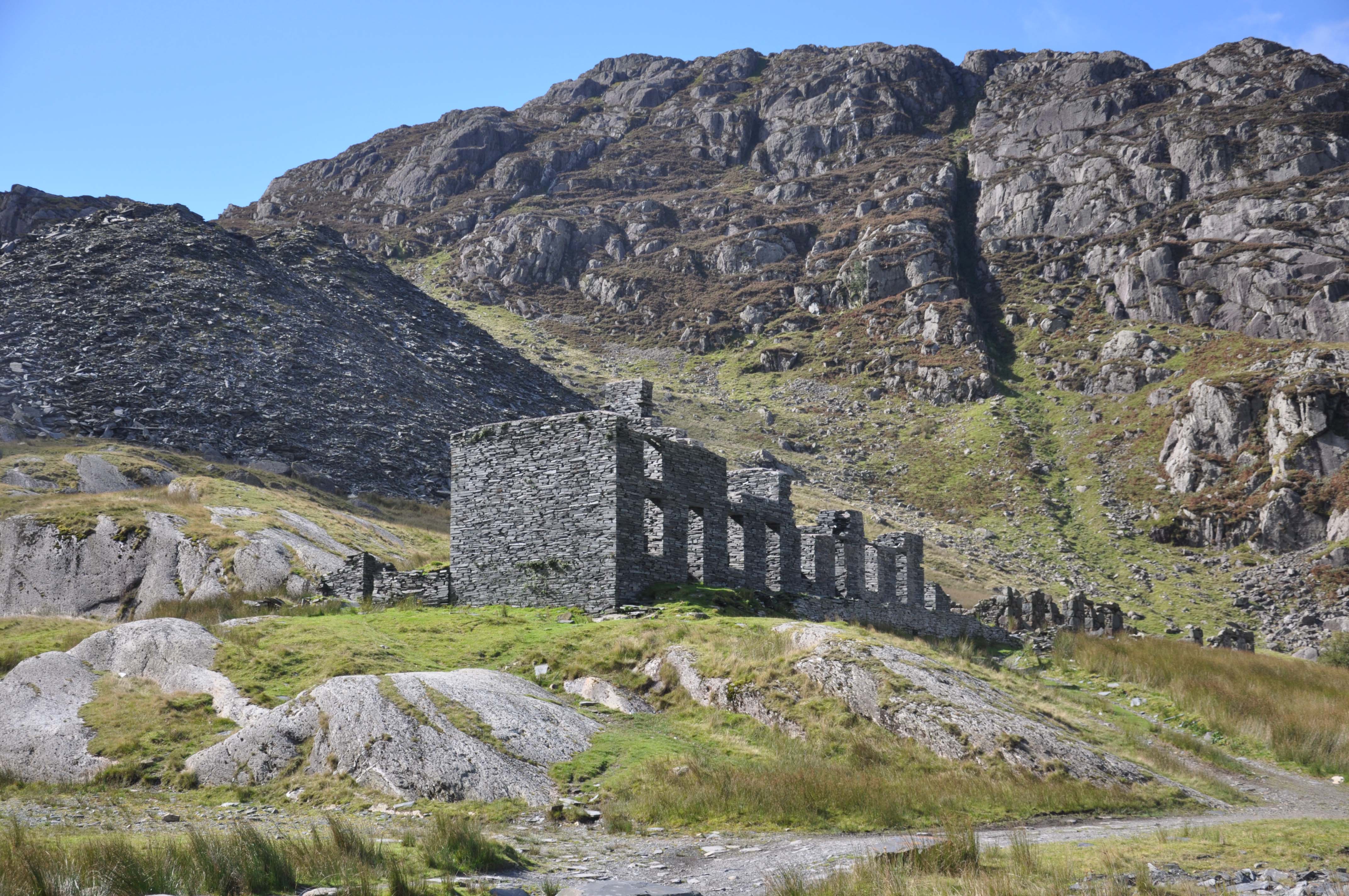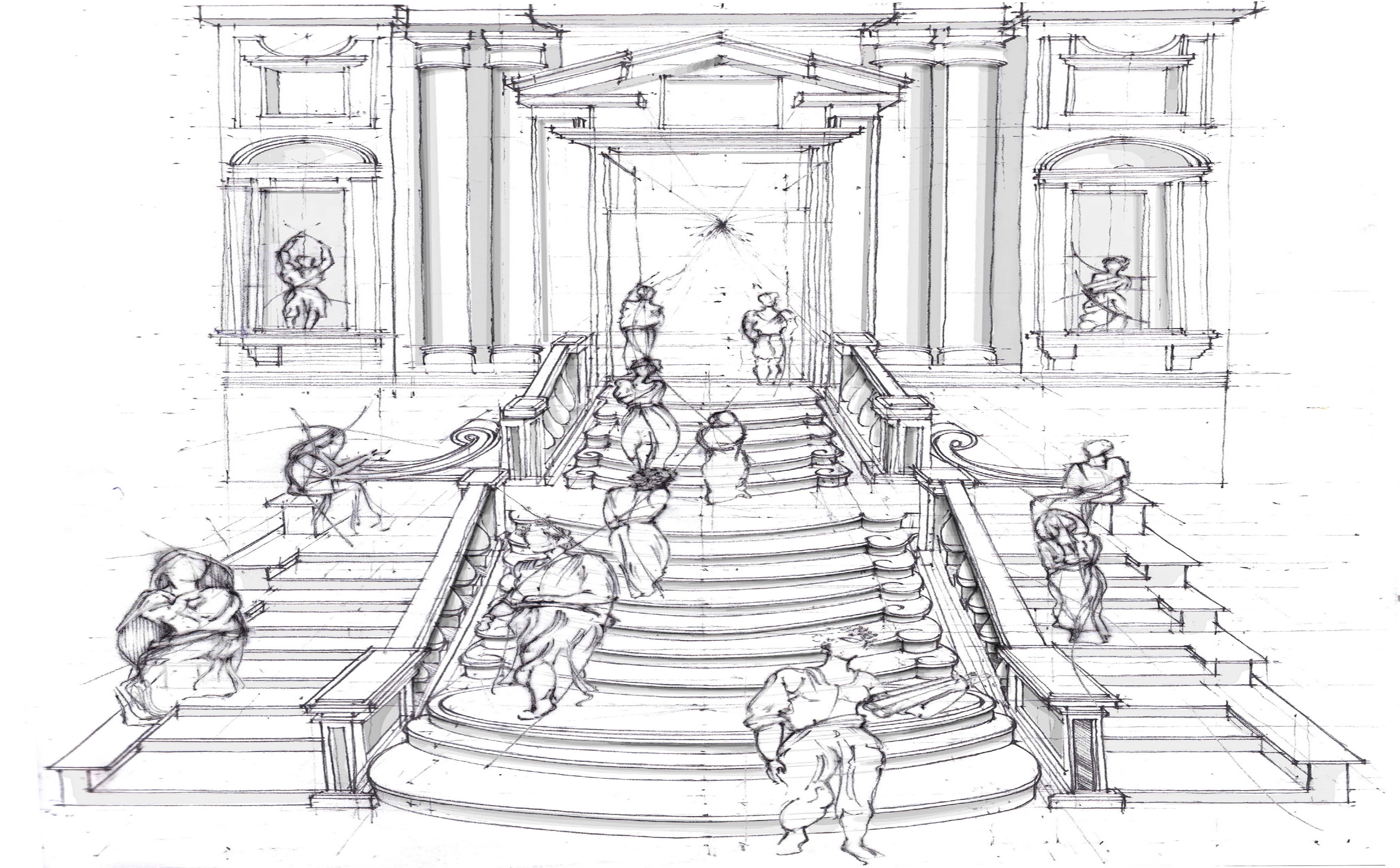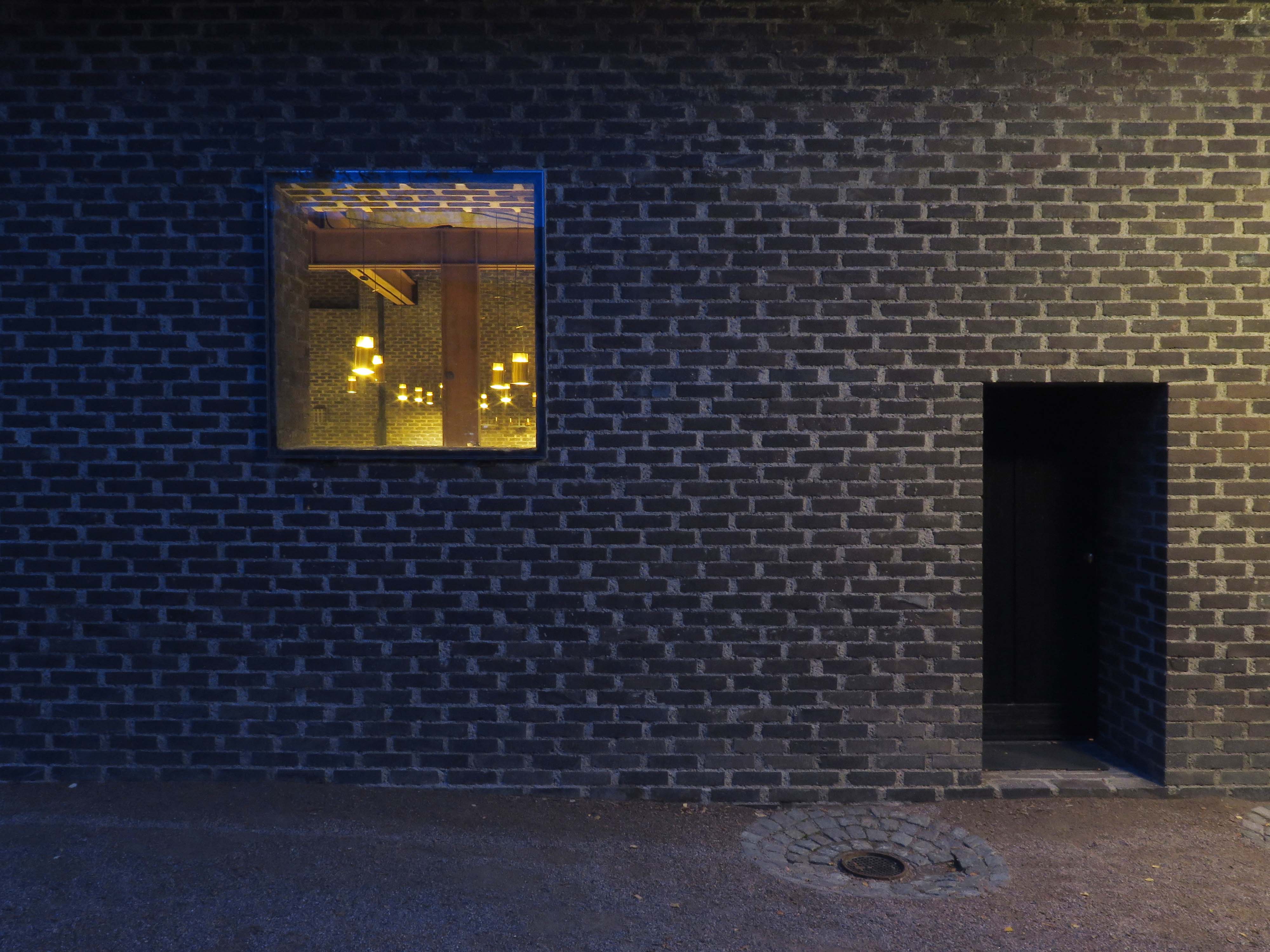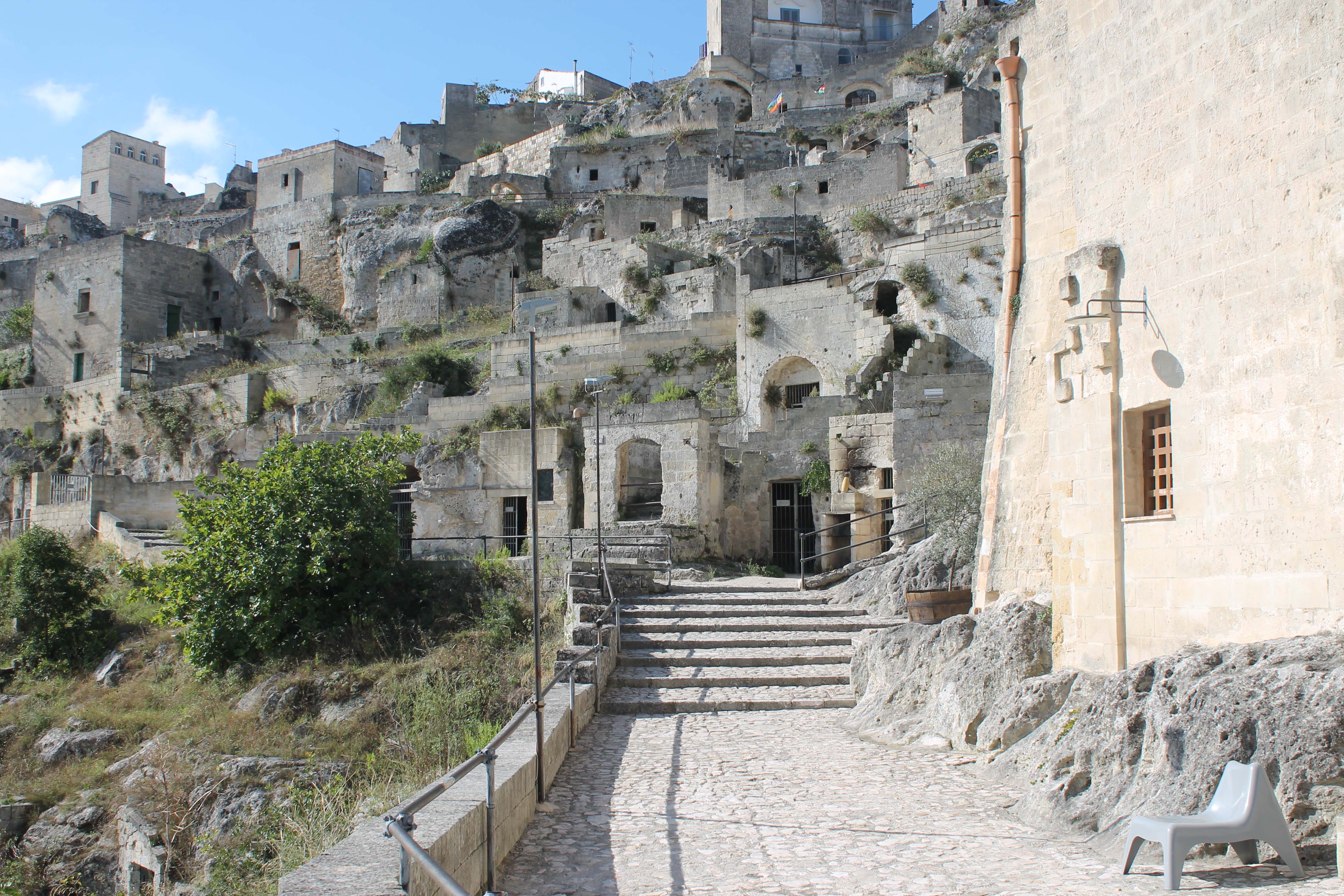MArch Dissertation ARCHIVE
Tutors: Douglas Spencer (module leader), John Bold, Harry Charrington, Davide Deriu, Richard Difford, Andrew Peckham, Jeanne Sillett, Ben Stringer
Grounded in a History and Theory course, students choose their own subject to explore in the Dissertation, guided by tutors with a range of specialisms and methods. We encourage a wide range of topics and a plurality of approaches with the intention that the work produced will be distinguished by its high quality rather than by adherence to a rigid methodology or a School style.
Thameenah Ahmad
Disney-llusion explores the role of simulation, spectacle and the ‘virtual’ in architecture. Focused, in part, on older examples such as Disneyland and Disney World, the dissertation also considers more contemporary forms of spatially immersive media, such as video games and virtual reality. The implications of these simulated realities are explored in terms of how they impact upon and shape our experience of the designed environment.
Elise Alden
Spaces of Places draws upon Doreen Massey’s writings on space and the phenomenology of Christian Norberg Schulz in order to produce a mapping of the Swedish architect Sigurd Lewerentz’s St Peter’s Church. Also drawing upon site visits and archival research, the dissertation questions notions of space and place, and explores the tensions between localised and globalised perceptions of these though Lewerentz’s architecture.
Claire Humphreys
A collection of anthropological stories about the multi-cultural home, based on a familial history of domestic spaces, Home: Adopted Britishness reveals the ‘home’ as the main protagonist in challenging transnational belonging and shifting rituals. Focused on lived experience, this dissertation draws upon a post-colonial history that needs to be remembered, again, for an increasingly mobile population.
Benjamin Ellis
Blue, the Body and a Leap: Architecture of the Instant explores the work of French artist Yves Klein, who laid down one of the most intriguing and beguiling adventures in Modern art history, as he stepped beyond the canvas in response to the short-comings of his contemporaries to achieve the seemingly impossible feat of making the invisible visible through physical means.
Raluca Ciorbaru
Architecture, Body and Motion in the Renaissance focuses upon Alberti’s theories of pictorial composition and Michelangelo’s transition from scuplture to architecture. Analysing drawings, paintings and scuplture, it speculates on how bodily motion was interpreted as a way of understanding and visualising movementm, and deployed as a unit of metric order, in the design process of Renaissance architecture
Arinola Abisola Oladeji
Building on Tradition, Appropriations of Local Histories in the Post-War Neighbourhoods of Italy focuses on the rehousing programme which took place in Matera, once known as the ‘Shame of Italy’, where designers fixated on vernacular motifs and the ‘simple man’ to produce hygienic and morally suitable homes for cave-dwellers in a new era of ‘Neorealism’ that swept Italy between the 1940-60s.
Rhiain Bower
Bariscio: The Slate Quarrymen’s Barracks presents a study of the barrack dwelling slate quarrymen of north-west Wales. Out of sight and out of mind, these industrial dwellings have been overlooked since their construction 150 years ago, despite the important story they tell of the men who sacrificed their family lives to extract the slate that roofed the industrial world.
Rosemary Sonnenschein
Stonebridge: An Architectural Narrative of Life in Social Housing explores the impact the architecture of social housing in Stonebridge, London, had on people’s lives in various forms throughout history. Each chapter contains a fictional, first person narrative. Based on extensive research, and with an emphasis on direct observations and interviews, these narratives are employed to unearth wider meanings from sources of personal experience.
Ruby Wilson
Lessons From the Workhouse: Control and Separation in Social Housing examines the longer-term architectural impact of the contemporary architecture of austerity by taking in its historical context. It illustrates connections between the political and architectural through counterpointing the neoliberal political landscape of today with that of the early 1800s and the architecture of the workhouse at the domestic and urban scale.
2015-16
- Alicia Booth, Ritual in Repeat
- Thomas Bower, A Bawdy Affair
- Lianne Clark, Welcome Home
- Oliver Cradock, Stuff
- Molly de Courcy Wheeler, The Bungalow: The Last Taboo
- Atanaska Dimitrova, Buzludzha
- James Dunn, Common Ground?
- Georgia Follett, The Plotlands Revisited
- Aaron Fox, Motivating Market Reform
- Irina Ghiuzan, Material Form and Spiritual Essence
- Yuk Lam, Farms
- Oscar McDonald, The Comprehension of Urbanity through Epidemic Representation
- Mathew Mitchell, Vers une architecture/Die neue typographie
- Jonathan Oswald, Illusions on the Spree
- Ben Pollock, Drones: Panopticism in the Architectural Inverse
- Jacob Szikora, Two-minute Silence
- Andrea Villate Vargas, Marketing Real Estate in a Neoliberal Society
2014-15
- Mary Price, The Overlooked Back Garden (RIBA President’s Dissertation Medal Winner 2015)
- Oliver Cradock, The Dining Room
- Molly de Courcy Wheeler, The Bungalow: The Last Taboo
- James Dunn, Common Ground?
- Atanaska Dimitrova, Buzludzha Monument
- Irina Ghiuzan, Material Form and Spiritual Essence
- Yuk Lam, Farms Hong Kong
- Jonathan Oswald, IIlusions on the Spree
- Jakob Szikora, Two-Minute Silence
- Andrea Villate Vargas, Marketing Real Estate in a Neoliberal Society










